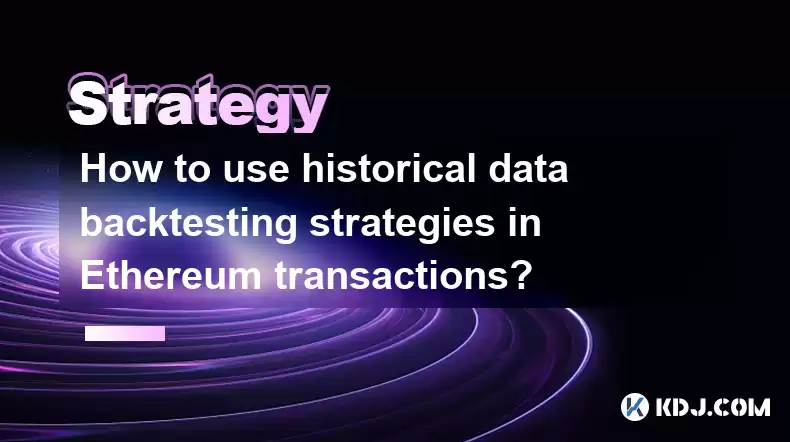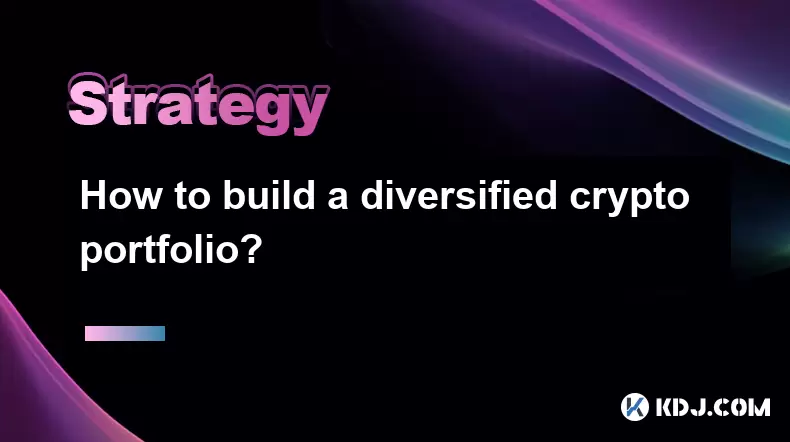-
 Bitcoin
Bitcoin $116400
-0.36% -
 Ethereum
Ethereum $4033
3.40% -
 XRP
XRP $3.302
-1.26% -
 Tether USDt
Tether USDt $1.000
-0.02% -
 BNB
BNB $796.1
1.67% -
 Solana
Solana $177.8
1.89% -
 USDC
USDC $0.9999
0.00% -
 Dogecoin
Dogecoin $0.2314
4.09% -
 TRON
TRON $0.3381
0.14% -
 Cardano
Cardano $0.7989
1.22% -
 Stellar
Stellar $0.4496
-1.84% -
 Chainlink
Chainlink $20.42
9.42% -
 Hyperliquid
Hyperliquid $41.17
0.88% -
 Sui
Sui $3.914
3.77% -
 Bitcoin Cash
Bitcoin Cash $584.7
1.52% -
 Hedera
Hedera $0.2632
-0.54% -
 Avalanche
Avalanche $24.09
3.40% -
 Ethena USDe
Ethena USDe $1.001
-0.02% -
 Litecoin
Litecoin $123.2
1.33% -
 Toncoin
Toncoin $3.318
-0.04% -
 UNUS SED LEO
UNUS SED LEO $8.984
-0.05% -
 Shiba Inu
Shiba Inu $0.00001323
2.85% -
 Uniswap
Uniswap $10.90
4.41% -
 Polkadot
Polkadot $3.999
3.34% -
 Dai
Dai $1.000
0.01% -
 Cronos
Cronos $0.1630
9.64% -
 Bitget Token
Bitget Token $4.484
0.82% -
 Monero
Monero $272.4
2.44% -
 Pepe
Pepe $0.00001173
6.03% -
 Aave
Aave $290.8
2.88%
How to use historical data backtesting strategies in Ethereum transactions?
By conducting backtesting on historical Ethereum price data, traders can optimize their trading strategies, assess their potential profitability, and minimize risks, paving the way for more informed and successful Ethereum trading.
Feb 26, 2025 at 07:24 pm

Key Points:
- Understand the concept of backtesting strategies in cryptocurrency trading.
- Gather and prepare historical Ethereum price data for backtesting.
- Identify and select suitable technical indicators and trading strategies.
- Develop and test your backtesting model on historical data.
- Evaluate the performance of your backtesting strategy and make adjustments as needed.
Article Content:
Step 1: Understanding Backtesting Strategies
Backtesting involves using historical data to test and evaluate trading strategies without risking real capital. In the context of Ethereum transactions, backtesting can help traders assess the potential profitability and risk of their strategies. Historical data provides valuable insights into market trends, volatility, and price patterns, enabling traders to make informed decisions.
Step 2: Gathering Historical Ethereum Price Data
To conduct effective backtesting, it is crucial to gather accurate and comprehensive historical Ethereum price data. This data can be sourced from reliable cryptocurrency exchanges, data providers, or blockchain explorers. Ensure the data covers a significant time period to capture a wide range of market conditions.
Step 3: Identifying and Selecting Technical Indicators
Technical indicators are mathematical calculations applied to price data to identify potential trading opportunities. Choose indicators that align with your trading style and goals. Consider indicators like moving averages, Bollinger Bands, relative strength index (RSI), and Ichimoku Cloud. Experiment with different combinations to find the most effective ones for your strategy.
Step 4: Developing and Testing the Backtesting Model
Define the entry and exit rules for your trading strategy based on the selected technical indicators. Determine the parameters of each indicator, such as the time period or moving average calculation method. Use historical data to test the performance of your strategy, evaluating metrics like profitability, maximum drawdown, and Sharpe ratio.
Step 5: Evaluating and Adjusting the Strategy
After testing the strategy, analyze its performance and identify areas for improvement. Evaluate the win rate, average profit per trade, and risk-to-reward ratio. Adjust the strategy parameters or technical indicators if necessary to optimize performance and reduce risks.
FAQs:
1. What are the benefits of using historical data backtesting in Ethereum transactions?
- Validates trading strategies before risking real capital.
- Provides insights into market trends and vulnerabilities.
- Helps identify trading opportunities and avoid potential losses.
2. How does backtesting differ from live trading?
- Backtesting uses historical data, while live trading involves real-time market conditions.
- Backtesting eliminates emotional biases and allows for objective evaluation.
3. What are some common mistakes to avoid when backtesting Ethereum strategies?
- Assuming that historical performance will continue in the future.
- Overfitting the strategy to historical data.
- Ignoring transaction fees and other trading costs.
4. What is the best timeframe to use for historical data in Ethereum backtesting?
- The timeframe depends on the trading strategy being tested.
- For short-term strategies, use shorter timeframes like 1-minute or 5-minute charts.
- For long-term strategies, consider daily or weekly charts.
5. How can I improve my Ethereum backtesting strategy?
- Use a range of technical indicators to avoid relying on a single metric.
- Consider different trading parameters and scenarios.
- Test the strategy on multiple market conditions, such as bull markets and bear markets.
Disclaimer:info@kdj.com
The information provided is not trading advice. kdj.com does not assume any responsibility for any investments made based on the information provided in this article. Cryptocurrencies are highly volatile and it is highly recommended that you invest with caution after thorough research!
If you believe that the content used on this website infringes your copyright, please contact us immediately (info@kdj.com) and we will delete it promptly.
- HAT Token Mania: Price Surges, Crypto Auctions, and Meme Coin Mayhem
- 2025-08-09 11:10:11
- Undervalued Cryptos Primed for a 2025 Takeoff: MAGACOIN, TRX, and SUI Lead the Pack
- 2025-08-09 11:10:11
- Bitcoin Goes to Harvard: Ivy League Embraces Digital Assets
- 2025-08-09 10:50:12
- Bitcoin, BlockDAG, and Toncoin: Decoding the Crypto Buzz in NYC
- 2025-08-09 11:30:11
- XRP, Pi Network, and Binance Listing Buzz: What's the Hype?
- 2025-08-09 11:30:11
- Arctic Pablo Coin: The Meme Coin Presale Promising High ROI in Q3 2025
- 2025-08-09 10:50:12
Related knowledge

How to use stop-loss orders to limit potential losses?
Aug 08,2025 at 02:01pm
Understanding Stop-Loss Orders in Cryptocurrency TradingA stop-loss order is a risk management tool used by traders to automatically sell a cryptocurr...

How to read cryptocurrency charts and use technical analysis?
Aug 08,2025 at 11:08am
Understanding the Basics of Cryptocurrency ChartsCryptocurrency charts are graphical representations of price movements over time. These charts are es...

How to do your own research (DYOR) before investing in a crypto project?
Aug 08,2025 at 09:07pm
Understanding the Core Principles of DYOR in CryptocurrencyEngaging in due diligence before investing in any cryptocurrency project is essential to mi...

How to build a diversified crypto portfolio?
Aug 09,2025 at 12:21pm
Understanding the Importance of Diversification in CryptoDiversification in the cryptocurrency space is a strategy used to reduce risk by spreading in...

How to avoid common crypto investment mistakes?
Jul 13,2025 at 01:35am
Understanding the Risks of Crypto InvestmentInvesting in cryptocurrency can be highly rewarding, but it also comes with significant risks. One of the ...

What is a long-short crypto strategy?
Jul 15,2025 at 10:56am
Understanding the Basics of a Long-Short Crypto StrategyA long-short crypto strategy is an investment approach where traders simultaneously take long ...

How to use stop-loss orders to limit potential losses?
Aug 08,2025 at 02:01pm
Understanding Stop-Loss Orders in Cryptocurrency TradingA stop-loss order is a risk management tool used by traders to automatically sell a cryptocurr...

How to read cryptocurrency charts and use technical analysis?
Aug 08,2025 at 11:08am
Understanding the Basics of Cryptocurrency ChartsCryptocurrency charts are graphical representations of price movements over time. These charts are es...

How to do your own research (DYOR) before investing in a crypto project?
Aug 08,2025 at 09:07pm
Understanding the Core Principles of DYOR in CryptocurrencyEngaging in due diligence before investing in any cryptocurrency project is essential to mi...

How to build a diversified crypto portfolio?
Aug 09,2025 at 12:21pm
Understanding the Importance of Diversification in CryptoDiversification in the cryptocurrency space is a strategy used to reduce risk by spreading in...

How to avoid common crypto investment mistakes?
Jul 13,2025 at 01:35am
Understanding the Risks of Crypto InvestmentInvesting in cryptocurrency can be highly rewarding, but it also comes with significant risks. One of the ...

What is a long-short crypto strategy?
Jul 15,2025 at 10:56am
Understanding the Basics of a Long-Short Crypto StrategyA long-short crypto strategy is an investment approach where traders simultaneously take long ...
See all articles

























































































